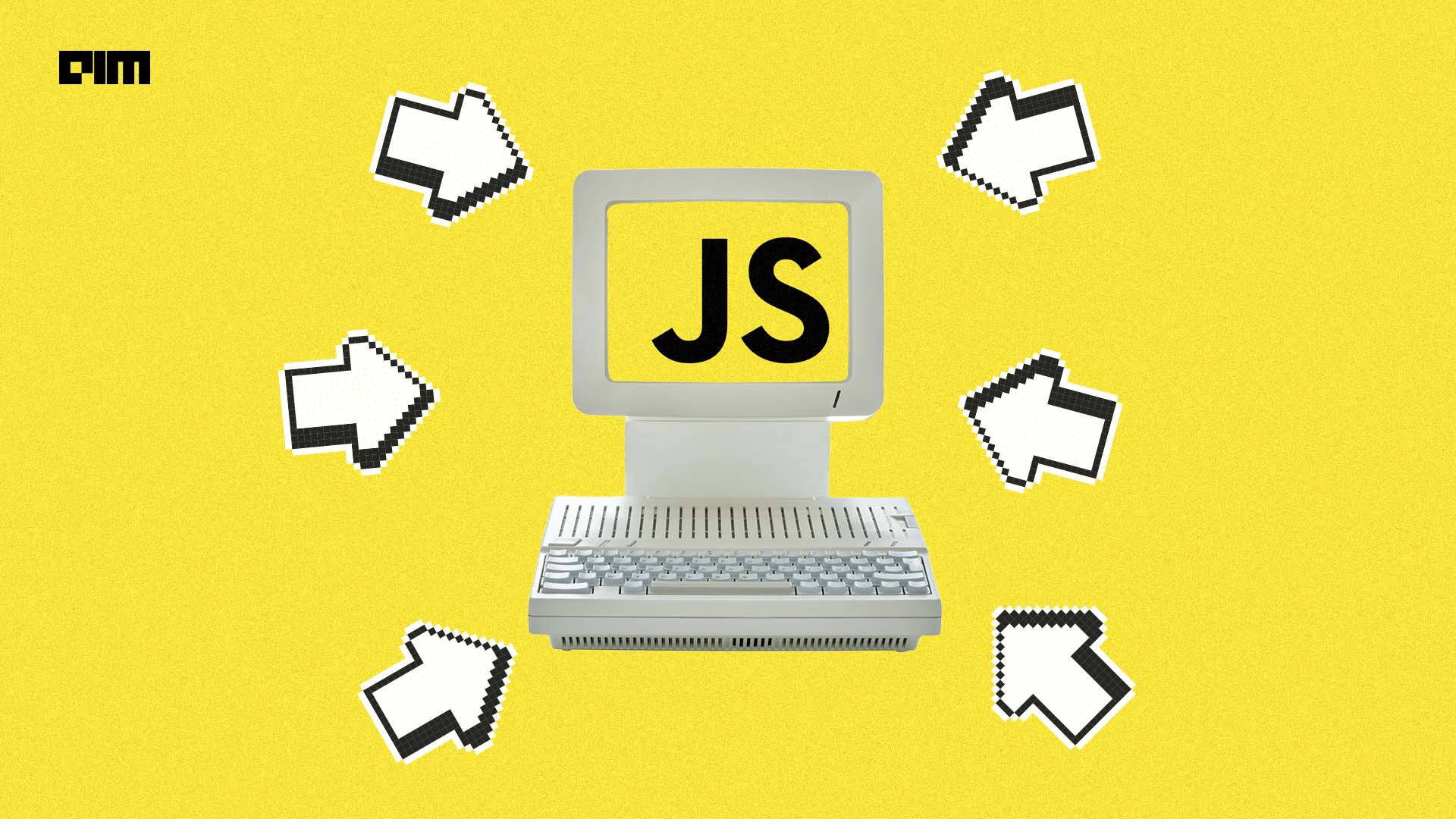While JavaScript might not be the first choice for developing and training machine learning models, it is important for integrating ML into web applications, creating user interfaces, and deploying models on the client side. It complements Python in the machine learning ecosystem, allowing developers to build end-to-end solutions that involve both frontend and backend components.
Although Python and R are more prevalent for machine learning, Java can serve this purpose effectively, especially if you’re already proficient in it. In addition to Brains.js, Keras.js, and TensorFlow.js, we’ve compiled a selection of some important Java frameworks for machine learning, data science, data visualization, natural language processing, and other related areas. Let’s explore a few of them.
Synaptic.js
Synaptic.js, a renowned open-source neural network library in JavaScript, empowers machine learning model development and training. It boasts an architecture-agnostic nature, accommodating both first-order and second-order neural network designs. This versatile tool serves multiple purposes in machine learning like network construction and training, long short-term memory (LSTM) and recurrent neural network (RNN) capabilities, game development, predictive modelling and more.
OpenCV.js
A JavaScript binding that brings a specific subset of OpenCV functionalities to web applications, OpenCV.js empowers web-based projects with multimedia processing capabilities, tapping into OpenCV’s rich set of vision functions. OpenCV.js utilizes Emscripten to compile OpenCV functions into asm.js or WebAssembly targets, offering a JavaScript API for web apps to access these features. Its benefits include seamless browser integration, enabling easy access for internet users, multimedia processing support for emerging web applications, extending OpenCV’s reach by providing a JavaScript interface for languages beyond C and C++, and delivering high performance through ASM.js and SIMD.js, all while being freely available under a BSD license. It finds applications in image processing, feature extraction, object and face detection, camera calibration, machine learning, automated inspection, surveillance, and interactive art installations.
D3.js
D3.js, short for Data-Driven Documents, is a JavaScript library that empowers developers to craft dynamic and interactive web data visualizations. It offers a wide range of chart types, including bar charts, line charts, scatterplots, and interactive maps, while also enabling robust data tasks like filtering, binding, and manipulation. By seamlessly blending Scalable Vector Graphics (SVG) and HTML elements, D3.js facilitates the creation of highly responsive and customized data visualizations. Moreover, it boasts an array of layout algorithms for crafting intricate visualizations such as hierarchical layouts and network graphs. Predominantly utilized in journalism and academic pursuits, D3 is a versatile tool for transforming data into compelling visuals, encompassing various chart types like box plots, histograms, treemaps, chard graphs, scatter plots, line charts, bar charts, pie charts, and more. It further enhances visual appeal with animation features like animated treemaps, zoomable bar charts, icicles, and bar chart races, offering a comprehensive suite for data analysis and storytelling.
Compromise.js
Designed for natural language processing for both Node.js and browser environments, Compromise.js offers a robust toolkit for parsing, understanding, and manipulating English text, akin to NLP.js. An additional feature is its plugin system, facilitating the expansion of functionality through custom modules. With Compromise, users can effortlessly extract various text elements such as nouns, verbs, adjectives, dates, times, and addresses. Moreover, it supports text operations such as pluralization, capitalization, contractions, and expansions. It also encompasses sentiment analysis, named entity recognition, part-of-speech tagging, and verb conjugation. Notably, Compromise excels in efficiency, capable of handling nearly all English vocabulary using just 14,000 words, compressed into a compact 40kb file size. This exceptional compression enables swift text comprehension and scanning with minimal latency, measured in milliseconds.
ConvNetJS
The brainchild of deep learning genius Andrej Karpathy, ConvNetJS, is a JavaScript library, that enables users to train deep learning models, particularly neural networks, directly within their web browsers. Notably, ConvNetJS leverages the browser’s hardware acceleration capabilities, eliminating the need for specialized software like GPUs or compilers. It offers user-friendly JavaScript tools for formulating and solving neural networks, addressing various tasks, including classification, regression, image processing with convolutional networks, and experimental reinforcement learning via Deep Q Learning. Additionally, it extends support to Node.js and is open source on GitHub under the MIT license, welcoming contributions for new features and improvements. In summary, ConvNetJS serves as a potent resource for training deep learning models effortlessly within web browsers.
JSFeat
JSFeat is a JavaScript computer vision library that enables JavaScript to harness a wide range of image processing and computer vision algorithms. Its capabilities encompass tasks like edge detection, image processing (including grayscale and blur operations), corner detection, object identification, optical flow detection, and more. At the heart of JSFeat is the adaptable matrix_t structure, which serves as a versatile foundation for tasks ranging from image representation to mathematical operations. The library also incorporates an innovative linked pool-based cache system, enhancing performance by optimizing buffer allocation. In addition to the inherent benefits of JavaScript, such as speed, user-friendliness, versatility, and cross-platform compatibility, JSFeat specifically offers portability across JavaScript-supported platforms, ease of integration with other programming languages, real-time performance for demanding applications and comprehensive documentation for developer convenience.
The post 6 Brilliant JavaScript Frameworks for Every Developer appeared first on Analytics India Magazine.



![[CITYPNG.COM]White Google Play PlayStore Logo – 1500×1500](https://startupnews.fyi/wp-content/uploads/2025/08/CITYPNG.COMWhite-Google-Play-PlayStore-Logo-1500x1500-1-630x630.png)